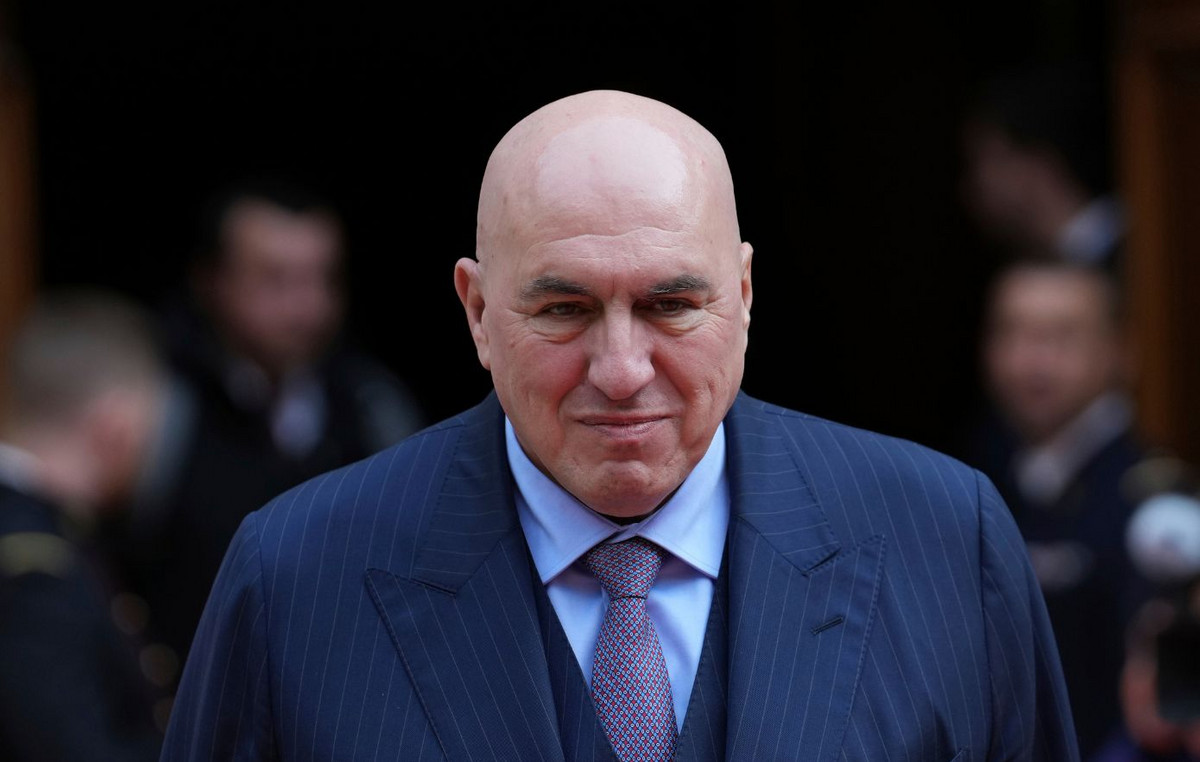Medicine has a specific area whose main objective is to offer comfort, quality of life and relief from suffering to patients who are at the end of their life or who receive a diagnosis of a disease that threatens the continuity of their existence. You palliative care they alleviate physical, emotional, social and even spiritual impacts from the work of multidisciplinary health teams.
This week’s CNN Vital Signs brings an X-ray of this type of service in Brazil. The program presented by cardiologist Roberto Kalil will be aired on Wednesday (18), at 10:30 pm, right after the CNN Newspaper, in the prime belt of the CNN Brasil.
“It is a way of looking at the individual as a whole, understanding that there is a person there with a whole history that precedes the disease process, and of providing care aimed at offering a better quality of life for that person and a end of life with more dignity”, explains Lucas Andrade, cardiologist and director of Clínica Florence, in Salvador (see interview in the video above).
The episode features interviews with some of the biggest names in the specialty and follows the routine of patients and families who had access to these services.
“In the case of a patient with a lot of pain due to cancer, for example, we have many ways to alleviate the suffering in parallel with the treatment of the disease”, highlights the geriatrician Ana Claudia Quintana, author of the bestseller “Death is a day that is worth living”. “You will see a patient who is able to overcome all the adversities of the treatment and reach a life span much longer than if he did not have this care”, he completes.
According to intensive care physician and palliative care provider Daniel Neves Forte, palliative care does not seek to take care of death, but of life. “People don’t want to die, they want to live well. I think that’s what palliative care seeks: to take care of life, and life is only life because there is death”, he says.
“The doctor focuses so much on the disease, on wanting to fix it, that he forgets about suffering. What to prioritize now? Wanting to fix it with the best intentions can break and hurt. The patient is fragile, here comes complication after complication”.
The experience of family members
THE CNN Vital Signs monitored palliative care in two health services, one public and the other private. In the Unified Health System (SUS) network, the immersion was at the Cancer Hospital IV, which is the Palliative Care unit of the National Cancer Institute (INCA), in Rio de Janeiro. There, the team shows the modalities of hospitalization and home care and the personal experience with the theme of Ana Cristina Pinho, general director of the institution.
The husband of Ana Cristina, an anesthesiologist at INCA, died at home receiving this type of treatment. From the diagnosis of lung cancer in 2014 to death, a year elapsed. The doctor says that the attempt at treatment was made, but the disease evolved.
“We gave everything we could, especially a lot of love, a lot of affection, a lot of respect, a lot of dignity and even leaving him there until the last moment, listening to the songs he liked to listen to, eating as long as he could. eating, eating chocolate ice cream, having the pleasure as long as possible. This is a practical application of the concept of palliative care”, says Ana.
In the private network, the team presents the first unit in Brazil created exclusively for end-of-life patients. At the Florence Clinic, in Salvador, the sisters Quézia and Rebeca experienced the loss of their mother, Maria Lícia, in 2019, due to lung cancer that had metastasized to the brain. They alert to the importance of the union between conventional treatment and palliative care.
“We had a dignified farewell, a welcomed family and the pain alleviated,” says Quezia, who takes a book by geriatrician Ana Claudia Quintana from her pink bag and reads a passage to the team. “To be with someone who is dying, we need to know how to help that person live until their death comes. Although many choose to live dead, everyone has the right to die alive. When my turn comes, I want to end my life in a good way, I want to be alive that day. And my mother was alive that day.”
“And in the ball pool”, adds sister Rebeca. Banker Maria Lícia died on July 25, 2019, fulfilling a dream: alongside her family, friends and doctors, who made possible her fun immersion in colored plastic balls.
For the philosopher Mario Sergio Cortella, also one of the interviewees in the episode, this is the universe of palliative care: when the patient is at the heart of care, in which their biography is respected and understood. “I’m going to use the expression of a doctor from Minas Gerais, Guimarães Rosa, the person who knows that there are times when life seems like a big hinterland, but there are paths, and these paths are, on a large scale, what palliative care is responsible for”.
Expansion in offer
Despite being a fundamental treatment, palliative care is still not a widespread reality and with access for the Brazilian population. According to the Atlas 2019 produced by the National Academy of Palliative Care (ANCP), Brazil has about 2,500 hospitals with more than 50 beds each, but only 5% of them have a palliative care team. When it comes to the modality of Hospice (hospice in palliative care), there are only 12 institutions of this type across the country.
The Ministry of Health and the National Council of Health Secretaries (Conass) in partnership with the Hospital Sírio-Libanês are working on a national project to implement palliative care in the public network.
Between 2021 and 2023, training and implementation of protocols in the area will be carried out in a set of SUS services (a hospital, a specialized outpatient clinic and a home care) in each of the 27 Brazilian states. The project was published in the Official Gazette on 04/16/2021.
Reference: CNN Brasil







